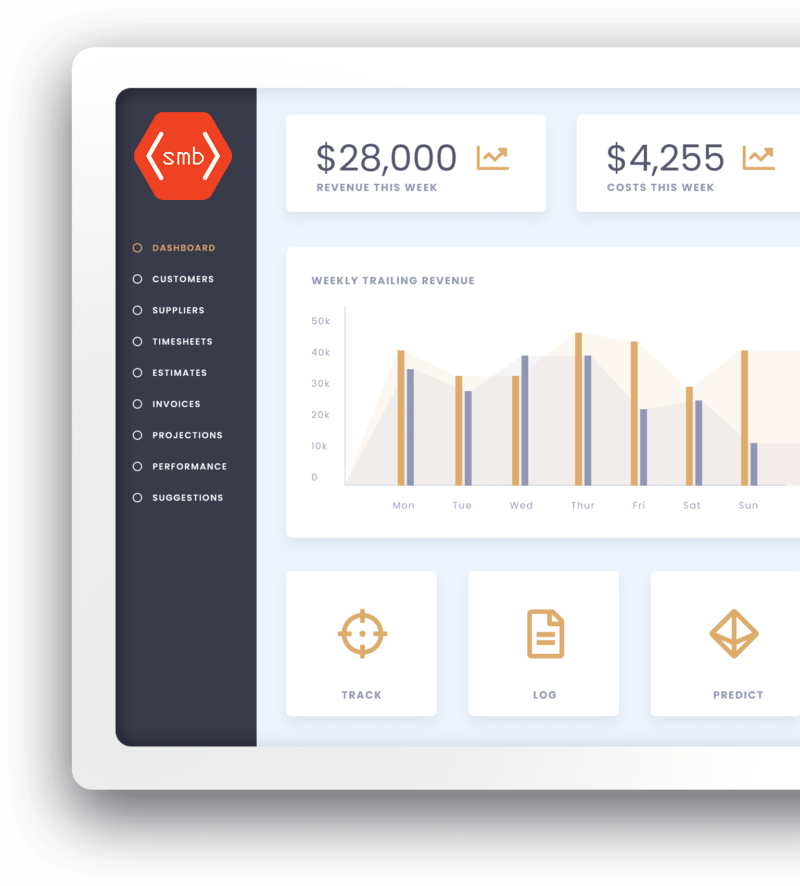
Continued from Part 1, Defining Clear CRM Objectives
Aligning CRM Objectives with Customer Needs
The Imperative of Understanding Customer Needs
At the core of effective CRM strategies lies a deep and nuanced understanding of customer needs and preferences. Aligning CRM objectives with customer needs is not just a strategic move; it’s a fundamental necessity for businesses aiming to cultivate long-lasting customer relationships. This alignment ensures that your CRM strategies are not just inward-looking, focusing on what the business wants to achieve, but are also outward-facing, addressing what the customers expect and value.
To truly align with customer needs, businesses must delve into the psyche of their customers. It involves going beyond surface-level interactions and understanding their behaviors, preferences, challenges, and motivations. This deep understanding forms the bedrock upon which CRM objectives are built and tailored.
Conducting Customer Research and Analysis
To inform CRM objectives, conducting thorough customer research and analysis is essential. This process involves various methods and tools to gather insights about your customers. Here are some fundamental approaches:
- Customer Surveys and Feedback: Regularly collecting feedback through surveys, feedback forms, and direct conversations can provide valuable insight into customer satisfaction and areas for improvement.
- Market Analysis: Understanding broader market trends, customer demographics, and competitor strategies can help identify unmet needs and opportunities for differentiation.
- Data Analytics: Leveraging data from customer interactions across various touchpoints (like social media, website, and customer service) can reveal patterns and preferences, guiding more informed decisions.
- Customer Journey Mapping: This involves creating a detailed map of the customer’s journey with your brand, identifying all the touchpoints and experiences. This exercise helps understand pain points and moments of delight, which can inform CRM objectives.
Examples of Aligned CRM Objectives
With a solid foundation of customer understanding, you can more effectively align CRM Objectives with customer needs. Here are some examples:
- Personalized Customer Experiences: If customer research indicates a desire for more personalized interactions, an objective could be ‘to implement a personalized marketing strategy, increasing customer engagement by 20% within one year.’
- Improving Customer Support: If feedback points to gaps in customer support, an objective might be ‘to reduce response time on customer queries by 30% and improve resolution rates by 25% within six months.’
- Enhancing Product Offerings: Based on market analysis and customer data, an objective could be ‘to expand product lines or services to meet emerging customer needs, aiming for a 15% increase in customer acquisition in new market segments over the next year.’
Aligning CRM objectives with customer needs is about creating a symbiotic relationship where business goals are met by fulfilling customer expectations. This approach drives business success and fosters trust and loyalty, as customers feel heard and valued.
Enhancing the Customer Experience
CRM Objectives as Catalysts for Improved Customer Experience
At the heart of every successful CRM strategy lies a commitment to enhancing the customer experience; this is where CRM objectives transition from mere strategic goals to tangible improvements in how customers interact with and perceive a brand. By setting objectives focused on customer experience, businesses can create more meaningful, satisfying, and engaging interactions that meet and exceed customer expectations.
Enhancing customer experience is not just about resolving issues or streamlining processes; it’s about creating a smooth, personalized, and memorable journey. Every touchpoint, from initial contact to post-purchase follow-up, offers an opportunity to make a positive impression. Well-defined CRM objectives ensure that these opportunities are recognized and capitalized upon.
Case Studies and Anecdotes of Success
To illustrate the impact of CRM objectives on customer experience, let’s look at some practical examples:
- Utilizing Technology for Personalization: A retail company set an objective to personalize the shopping experience for its online customers. By implementing Al-driven recommendations and tailoring email marketing campaigns based on customer purchase history, they saw a significant increase in customer engagement and repeat purchases.
- Streamlining Customer Service: A telecommunications company focused its CRM objectives on improving customer service efficiency. They reduced average call handling time and increased customer satisfaction ratings by upgrading their CRM system to provide quicker and more accurate responses to customer inquiries.
- Enhancing Omnichannel Experience: An e-commerce brand aimed to provide a seamless omnichannel experience. They integrated their online and offline channels, enabling customers to buy online and pick up in-store, check in-store product availability online, and receive consistent customer service across all platforms. This strategy led to an improved customer experience and increased sales across channels.
These examples demonstrate how aligning CRM objectives with customer needs, can lead to significant enhancements in the customer experience. Whether through technological innovations, process optimizations, or strategic integrations, the focus remains on creating experiences that resonate with the customer.
Enhancing the customer experience is a multifaceted endeavor, requiring a blend of strategy, technology, and a deep understanding of customer needs. By setting and pursuing targeted CRM objectives, businesses can ensure that every initiative taken contributes to a more positive, engaging, and satisfying customer journey. This leads to happier customers and drives business growth through increased loyalty, advocacy, and revenue.
Measuring Success
The Role of Key Performance Indicators (KPIs)
The journey of CRM is one of continuous improvement, and the compass guiding this journey is the effective use of Key Performance Indicators (KPIs). Measuring the success of CRM objectives is critical, as it provides insights into what’s working, what isn’t, and where adjustments need to be made. KPls are the quantifiable metrics that help evaluate your CRM strategies’ performance and impact.
Choosing the right KPls is essential. They should be directly linked to your CRM objectives and give a clear picture of progress and impact. For instance, if an objective is to improve customer retention, relevant KPls might include customer retention rates, customer lifetime value, and the frequency of repeat purchases.
The Importance of Data Analytics
Data analytics plays a pivotal role in measuring the success of CRM objectives. In today’s data driven business environment, leveraging analytics tools can provide deep insights into customer behavior, preferences, and patterns. This data can be used to track the effectiveness of CRM strategies and make informed decisions.
- Predictive Analytics: By analyzing past customer data, predictive analytics can forecast future customer behavior, helping businesses proactively tailor their CRM strategies.
- Customer Segmentation: Data analytics enables businesses to segment their customers more effectively, leading to more targeted and personalized CRM approaches.
- Real-time Data Tracking: Modern CRM systems offer the ability to track customer interactions in real-time, providing immediate feedback on the effectiveness of various strategies and initiatives.
Case Examples
To better understand how KPls and data analytics come into play, consider the following examples:
- E-commerce Conversion Rates: An online retailer may track the conversion rate as a KPI for their CRM objective of improving the online shopping experience. They can identify pain points in the purchasing process by analyzing customer behavior data and making necessary adjustments.
- Customer Satisfaction Scores: A service-based company might use customer satisfaction scores as a KPI to enhance service quality. Regular surveys and feedback collection can provide valuable data for continual improvement.
- Social Media Engagement: For a brand focusing on increasing customer engagement through social media, metrics like shares, likes, comments, and follower growth can serve as KPIs, offering insights into the effectiveness of their content and interaction strategies.
Measuring the success of CRM objectives is a multi-dimensional process that involves setting the right KPIs, harnessing the power of data analytics, and continually adapting strategies based on the insights gained. This rigorous approach to measurement ensures that CRM strategies remain agile, relevant, and aligned with business goals and customer expectations.
Connect with SMB Dynamics Now — and gear up for the next leap in customer-centric growth!
Stay tuned for Part 3, where we’ll dig into some challenges and solutions, as well as, creating Company-wide impact.




